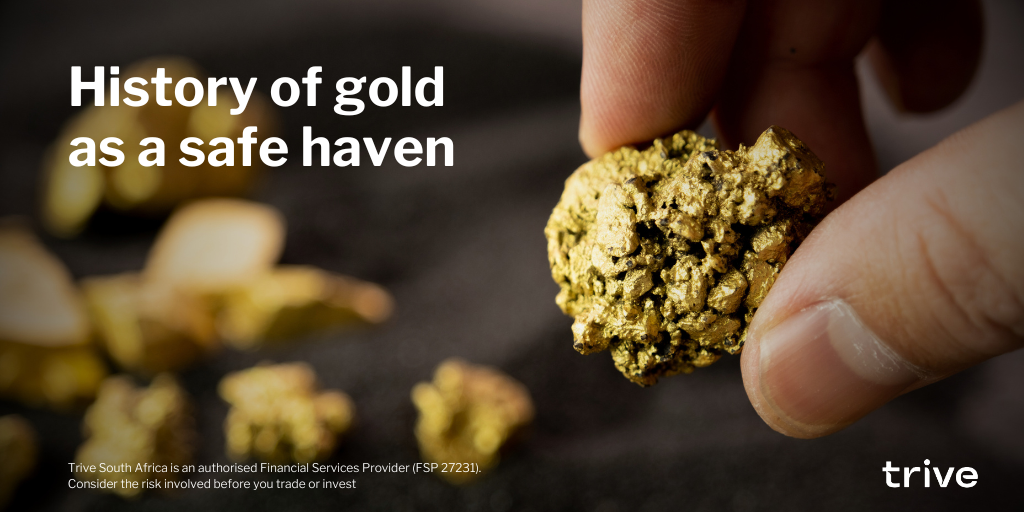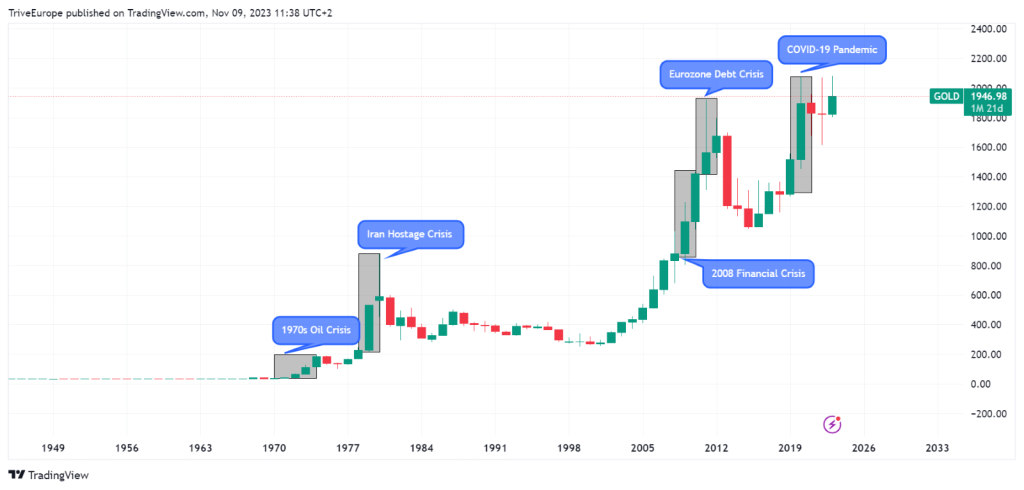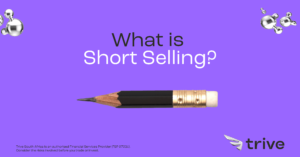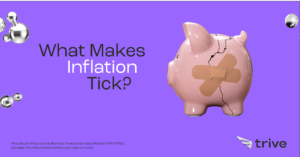
Safe-haven assets are the bedrock of savvy investors’ portfolios, especially when economic storms loom. These financial instruments are cherished for their ability to weather the turbulence of market downturns. They serve as vital shields, limiting an investor’s exposure to risk while providing a sanctuary of value when market instability strikes.
One of their hallmark characteristics is high liquidity, ensuring that investments can swiftly be converted to cash, providing a crucial safety net in times of need.
Moreover, the limited supply of these assets plays a pivotal role in maintaining their value. The scarcity of these prized possessions ensures that their worth remains intact, as demand consistently outstrips supply.
Another key aspect is the enduring demand for these assets over the long term. This sustained high demand solidifies their position, making them indispensable components of a well-rounded investment portfolio. In essence, safe-haven assets are not merely investments; they are anchors of stability, providing solace and security to investors navigating the unpredictable tides of the financial landscape.
Why Is Gold Considered A Safe Haven Asset?
Gold stands as a timeless sanctuary for investors in times of uncertainty, revered for its intrinsic value, stability, and role as a wealth preserver. Its reputation as a reliable store of value spans millennia, continuing to hold immense worth in the modern era.
Gold boasts universal recognition and remains immune to devaluation through excessive printing, unlike fiat currencies, which are bound by geographical borders. Its versatility, from electronics to jewellery, ensures a perpetual demand, further solidifying its value. This finite resource ascends to even greater worth when economic tides turn turbulent.
Additionally, gold can act as a potent hedge against inflation, safeguarding investments from the erosive effects of rising prices and diminishing purchasing power. A striking illustration lies in the 1970s, when interest rates surged into the double digits, while gold prices catapulted from $35 to an astonishing $850 per ounce, according to NASDAQ data. This historic testament reaffirms gold’s resilience and enduring allure in times of economic upheaval.
A Brief History Of Gold Prices During Notable Periods Of Uncertainty:
- 1970s Oil Crisis (1973-1974): When OPEC imposed an oil embargo, causing economic turmoil, gold prices skyrocketed from $35 to $200 per ounce from 1970 to 1974.
- Iran Hostage Crisis (1979-1981): Geopolitical tensions led to further uncertainty, driving gold prices to an all-time high of $850 per ounce in 1980.
- 2008 Financial Crisis: In the wake of the Lehman Brothers bankruptcy and stock market crash, gold surged as investors sought a safe haven. The price of gold rose by nearly 24% during 2009 alone, and it continued this upward trajectory into 2011. It reached a new record of over $1,900 per ounce in 2011.
- Eurozone Debt Crisis (2010-2012): Concerns over the stability of the Euro and European economies pushed gold prices higher, with a peak of around $1,800 per ounce in 2012.
- COVID-19 Pandemic (2020): As the pandemic wreaked havoc on global markets, gold again proved its safe haven status, reaching over $2,000 per ounce in August 2020.

Gold has historically tended to climb amid economic, geopolitical, or financial turmoil. Nevertheless, it’s crucial to recognize that gold’s value is also swayed by various other elements, such as interest rates, inflation, and prevailing market sentiment. Hence, while past trends offer insight, they don’t assure future outcomes.
Sources: Corporate Finance Institute, Trading Economics, Schroders, TradingView
Piece Written by Nkosilathi Dube, Trive Financial Market Analyst
Disclaimer: Trive South Africa (Pty) Ltd, Registration number 2005/011130/07, and an Authorised Financial Services Provider in terms of the Financial Advisory and Intermediary Services Act 2002 (FSP No. 27231). Any analysis/data/opinion contained herein are for informational purposes only and should not be considered advice or a recommendation to invest in any security. The content herein was created using proprietary strategies based on parameters that may include price, time, economic events, liquidity, risk, and macro and cyclical analysis. Securities involve a degree of risk and are volatile instruments. Market and economic conditions are subject to sudden change, which may have a material impact on the outcome of financial instruments and may not be suitable for all investors. When trading or investing in securities or alternative products, the value of the product can increase or decrease meaning your investment can increase or decrease in value. Past performance is not an indication of future performance. Trive South Africa (Pty) Ltd, and its employees assume no liability for any loss or damage (direct, indirect, consequential, or inconsequential) that may be suffered from using or relying on the information contained herein. Please consider the risks involved before you trade or invest.




